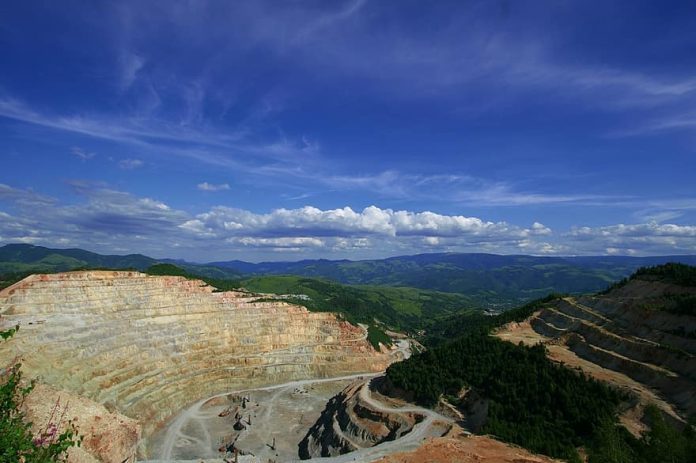The next decade will witness some of the most exciting and transformative years in the mining industry’s history. What will successful mining and metals companies look like in a low-carbon, low-waste, purpose-driven future?
A convergence of factors have emphasized the need for change. Among them, of course, is the ongoing impact of the COVID-19 pandemic on the world of work, digitization, and the growing need to integrate environmental, social, and governance (ESG) commitments with central business functions. But the biggest underlying driver and opportunity for transformation lies in the green energy transition.
The following 10 mining industry trends provide a toolkit to help companies not only profit from whatever the future might bring, but to leave a positive social impact as their legacy.
10: Aligning capital allocation to ESG
The race to cut Scope 1, 2 and 3 emissions in mining has well and truly begun. Over the past five years, several miners have set themselves ambitious decarbonisation targets. The challenge now lies in determining the best way to move from intent to reality.
The approach that organisations use to prioritise and operationalise different projects and allocate capital spend across their assets could make or break their competitive advantage over the next decade. Many are, understandably, proceeding with caution.
9: Reshaping traditional value chains
As the green-energy transition gets underway, calls for greater responsibility and transparency in metals supply are reshaping value chains, realigning portfolios, and spurring new business models.
Collectively, the industry must demonstrate that it’s responsible enough to produce the vast quantity of metals required for a low-carbon future.
8: Operating in the new supercycle
For the mining and metals industry, 2021 was defined by soaring commodity prices and the prospect of a new supercycle. By June 2021, metal prices had risen 72% relative to their pre-pandemic levels, with many, such as aluminum, copper, iron ore and nickel, going on to reach multi-year highs in Q3.
This is good news for miners, although it’s not without its challenges. With cyclical highs come government demands for a greater share of mineral wealth. As many countries began to recover from recession following COVID-19, the mining industry saw a raft of regulatory measures proposed and imposed for 2020-2021, as well as various forms of resource nationalism.
7: Embedding ESG into organisations
Pressure on mining and metals companies is growing to reach beyond environmental compliance and make high-level commitments in the public domain around ESG issues that are shaping the future of the industry.
6: Evolving mining’s world of work
Like many industries, the mining sector has felt the lasting effects of COVID-19 on the labour market.
Digitisation and remote working have fuelled a fundamental shift in the way employees think about work. Facing an increasingly competitive labour market requires mining and metals companies to position themselves as an attractive sector and employer, capable of meeting evolving priorities.
5: Establishing a new paradigm for indigenous relations
Public interest around indigenous rights and the types of relationships that corporate organisations forge with traditional landowners continues to grow.
Today, it’s clear that indigenous communities around the world no longer want to be positioned as stakeholders in transactional-style relationships. They are keen to establish a new type of connection and understanding with all entities that participate in their environment, including mining companies, about responsibility for the landscape.
4: Continuing the journey to innovation-led organisations
The topic of innovation has long been on mining companies’ agendas, but, for most, integrating the process of innovation with core business functions and operations has proven tricky. A number of factors have recently converged, driving executives to embrace innovation and align their organisations behind it:
1. COVID-19 forced the world to embrace digital and remote work practices, changing the world of business for good.
2. Mining companies will need to innovate within their core processes if they are to decarboniae in line with their goals.
3. It’s much easier to fund innovation while commodity prices are high and the industry is benefiting from the supercycle.
3: Unlocking value through integrated operations
Mining and metals companies are on a journey, some currently more successfully than others, to drive understanding and efficiencies holistically throughout their organisations.
2: Closing the IT-OT vulnerability gap
Over the past five years, the acceleration of digitisation, information technology (IT) and operational technology (OT) convergence and value-chain integration in the mining sector has produced new levels of efficiency, driven down miners’ costs, and created exciting new business opportunities.
1: Preparing operations for climate change
While decarbonisation has been the primary focus of most miner’s climate change-related targets and investments thus far, mitigation is only one piece of the puzzle. Alongside these efforts, organisations need to be thinking ahead and building climate resilience across their businesses and operations.
Source: www2.deloitte.com








































